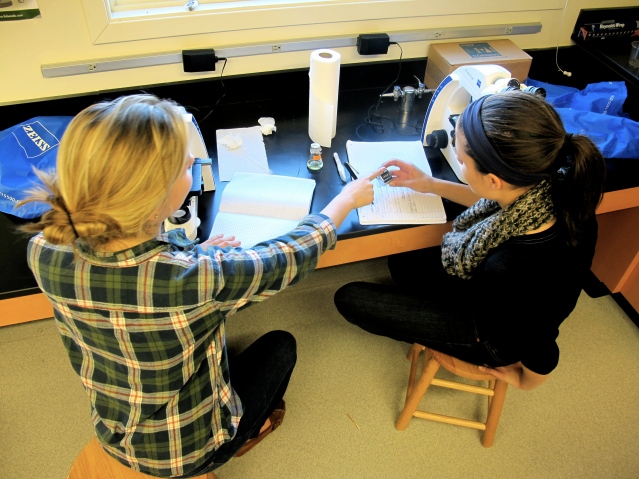A trip to Woods Hole affords you a visit to the incredible discoveries of the world-famous research institution called the Woods Hole Oceanographic (WHOI). In the midst of the many scientific research buildings in Woods Hole sits the Ocean Science Exhibit Center and Gift Shop.
The exhibit center informs visitors on WHOI’s research and inventions and includes a gift shop with WHOI merchandise. The exhibit center includes exhibits on the Titanic, whale and dolphins research, hydrothermal vents, toxic algae, ocean floor sediment that can help us to better understand climate changes, and much more.
The Ocean Science Exhibit Center provides an opportunity for anyone to learn about WHOI’s ocean science research and the tools and vessels developed for the research. The exhibit center includes videos about living in WHOI’s deep submersible Alvin. The videos especially focus on the 1985-1986 discovery and exploration of the Titanic. Aside from the videos – visitors are able to step inside of a life-size model of the inner sphere of Alvin, which includes amazing footage of deep-sea hydrothermal vent sites. Other exhibits include further information on the deep sea.
Located in the Exhibit Center is the WHOI Gift Shop. The shop carries WHOI merchandise, books, toys, and jewelry. All of the proceeds are donated to WHOI for their research, education, and outreach activities.
The Ocean Science Exhibit Center is located on 15 School Street in Woods Hole – hours vary seasonally. There is no official fee for a visit to the Ocean Science Exhibit Center, however a two-dollar donation is encouraged.







